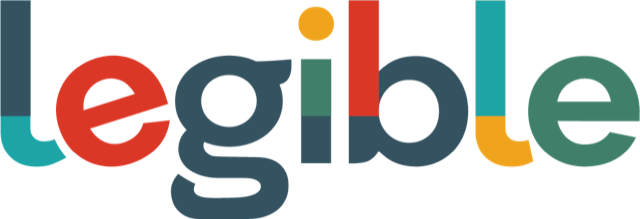Web of Things Summary
Presenter: Michael McCool
Update from Web of Things Interest Group and Working Group
Transcript
The goal of Web of Things is to enhance IoT interoperability.
We want to simplify the usage of IoT devices, we want to simplify the ingestion of data from IoT devices into various services, we want to bridge silos, including connecting devices locally, converting data from different vendors and bridging different protocols.
Ultimately, we want to enable mashups, where new services can be derived from existing services.
We are in our second charter.
Our current work items include updates to existing work describing the WoT architecture.
It also includes updates to our thing description metadata format, including support for instance independent models for classes of things.
New work includes development of a detailed use case document and new normative work on discovery and profiles.
The thing descriptions are majored to revolve from our last charter and we are currently updating it.
It is a JSON-LD 1.1 document, providing metadata describing IoT services.
It includes both general and uni-readable metadata the latter being provided to support user interfaces.
As a JSON-LD 1.1 document, it also supports semantics integrate efforts for semantic modeling of IoT services.
Thing descriptions also provide a description of the network interface of a thing, including security requirements, a set of interactions, data schemas for payloads and bindings to concrete network protocols.
New work items include an expanded and more detailed set of use cases, intended to identify gaps and overlaps.
Updates to the architecture document include device and information life cycles and updated requirements based on the use case analysis.
The discovery level defines a mechanism to deliver thing descriptions in a secure and privacy preserving way, while enabling content based queries and spatial searches.
Finally, interoperability profiles support out of the box plug and play by defining a finite subset of features that implementations may limit themselves too.
We are working on various other projects, including implementations, testbeds and tools.
We also have frequent plugfests, where we attempt connecting implementations from different participants and validate interoperability.
For further information, provide the following set of resources, or you can contact the chairs.
Thank you.

